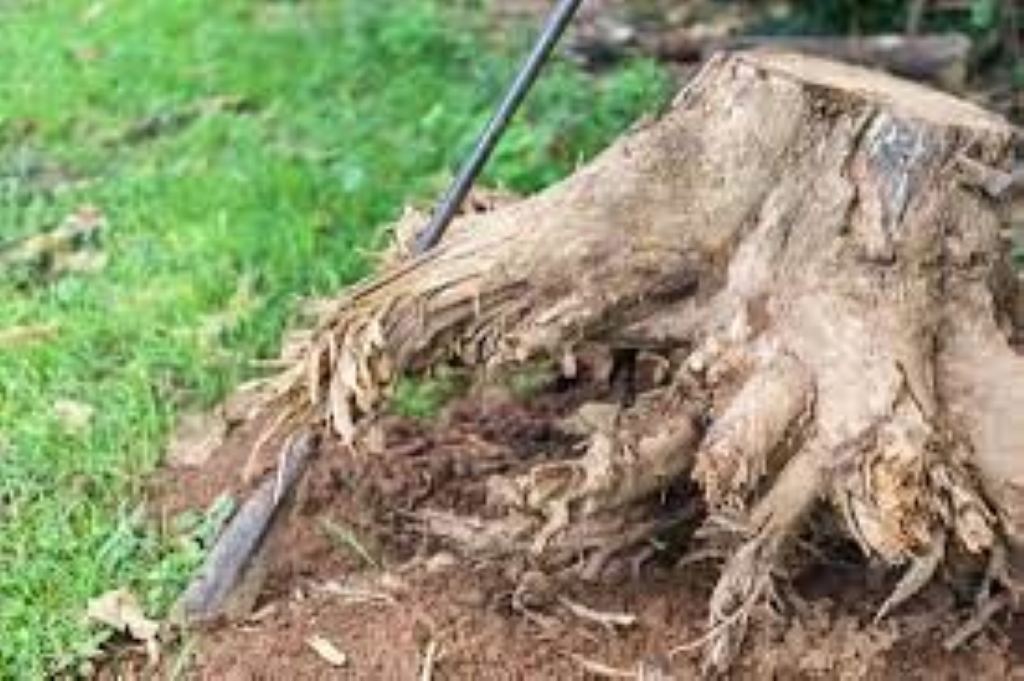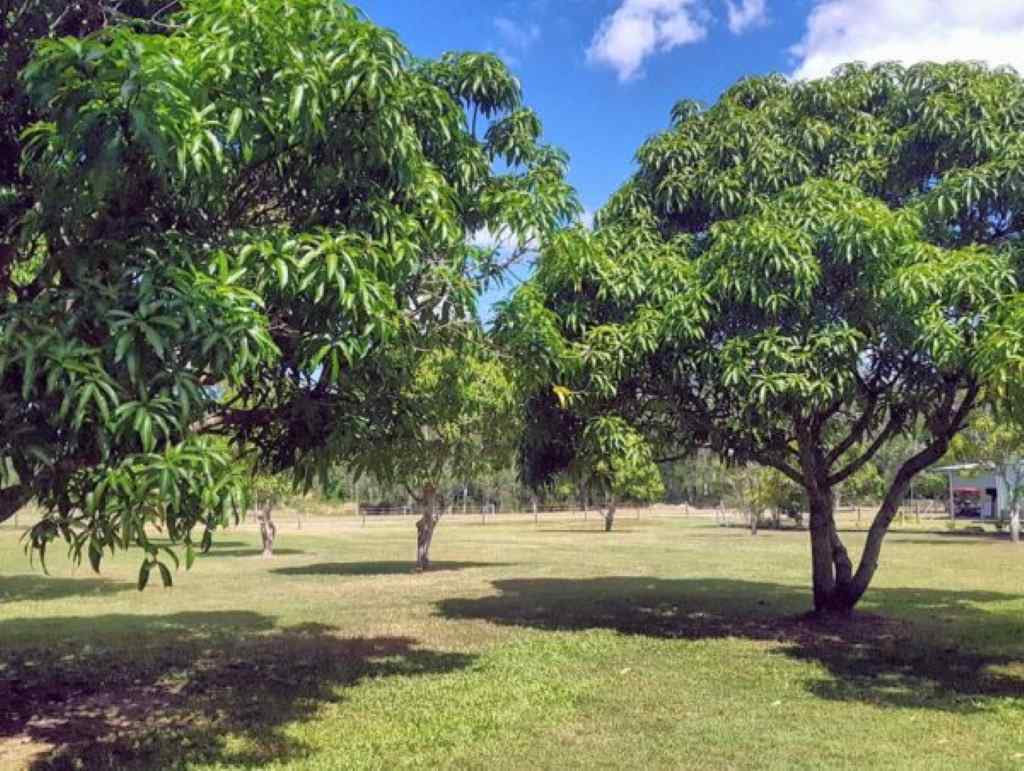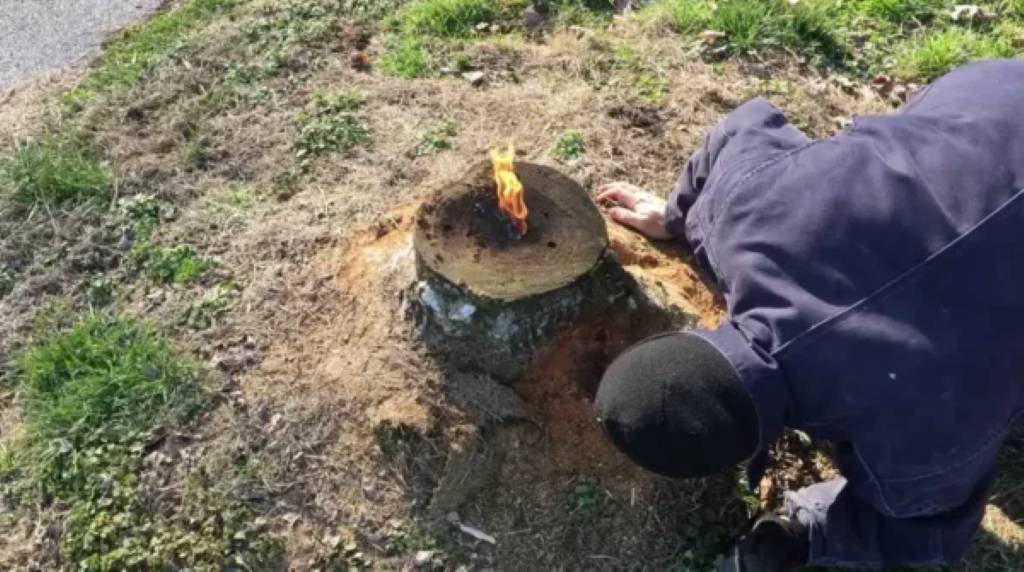What To Do With Uprooted Trees
The sight of an uprooted tree can be frightening and unsettling. Choosing what to do with an uprooted tree can be challenging, regardless of the cause—harsh weather, disease, or other circumstances. This tutorial will go into the concerns and options available when dealing with an uprooted tree. Should you try to replant it and nurse it back to health, or should you remove it and investigate alternative planting options? what to do with uprooted trees, giving you information to make an informed decision that is consistent with your landscape goals and the well-being of your environment.
Evaluating the extent of damage to the uprooted tree
Evaluating the level of damage to an uprooted tree is an important first step in determining its fate. A thorough inspection is required to determine the status of the tree’s roots, trunk, and branches. Look for evidence of structural damage, such as broken limbs or split trunks, as well as the health of the root system. This evaluation determines whether replanting the tree is possible or whether removal is the more practical and secure option.
Signs of potential recovery or irreversible damage
Resilient, undamaged roots and robust, brilliant foliage are signs of potential recovery in an uprooted tree. Irreversible damage, on the other hand, is indicated by severely compromised root systems, widespread trunk splitting, or extensive decay. A comprehensive examination of these indicators can assist establish if the tree can be successfully replanted or if its condition is beyond repair, necessitating removal.
Factors Influencing the Decision
- 1. Tree Species: Different tree species have varying degrees of resilience to uprooting Some may recover more effectively than others, depending on their inherent characteristics.
- Age and Size: The age and size of the uprooted tree are important criteria. Younger, smaller trees adapt more quickly to replanting, whereas older, larger trees may have greater obstacles.
- Health and Condition: The general health and condition of the tree prior to uprooting have a substantial impact on its prospects of recovery. A healthy tree is more likely to survive and thrive after replanting.
- Location: The tree’s location plays a vital role in the decision-making process. If the uprooted tree poses a threat to structures, utilities, or safety, removal might be the safer option.
- Costs: Financial considerations, including the expenses associated with replanting and maintenance versus tree removal, can heavily influence the decision.
How to replant an uprooted Tree
Choose a suitable site for the tree’s new home. Make sure it has well-draining soil and gets enough sunlight for its kind. Remove any weeds or rubbish from the specified location.
Trim any damaged or broken roots and branches using clean, sharp pruning scissors. Make clean cuts to encourage healthy regrowth.
Dig a hole in the new planting site that is at least twice as wide as the tree’s root ball and deep enough to accommodate the roots comfortably.
Gently remove excess soil from the tree’s root ball to reveal the roots. Take care not to injure the roots during this operation.
Place the tree in the centre of the hole at the same depth as when it was previously planted. The top of the root ball should be level with the ground surface.
Backfill the hole with soil, tamping it down gently as you go to eliminate air pockets. Water the tree on a regular basis while filling to ensure that the soil settles evenly around the roots.
Apply a layer of organic mulch around the base of the tree to preserve moisture and suppress weeds. Water the tree thoroughly and keep the soil continuously moist, especially during the tree’s first year.
Regularly inspect the replanted tree for symptoms of stress, illness, or insect infestations. Pruning is important to promote healthy growth. Continue to water and mulch as needed.
Tree recovery is a gradual process. It may take several years for the uprooted tree to fully regain its health and stability. Be patient and provide consistent care throughout this period.
Tree Removal of an Uprooted Tree
Professional Help
Consider hiring certified arborists or hiring professional tree removal services. They have the knowledge, experience, and equipment to safely remove trees, particularly those that are enormous or in difficult locations.
Safety Issues
During tree removal, safety should come first. Make sure there are no persons or things in the vicinity of the tree. Wear protective equipment, such as helmets, goggles, and gloves.
Analysis
Determine the best technique of removal by assessing the tree’s condition. Consider the size of the tree, its position, and any potential threats.
Cutting Techniques
Arborists use specialized cutting techniques to safely dismantle the tree in sections. This prevents damage to nearby structures and ensures the safety of workers.
Rigging and Lowering
In cases where the tree cannot be felled in one piece, rigging & lowering techniques are used to control the descent of tree sections. This minimizes the risk of damage to property.
Wood Removal
Once the tree is down, it needs to be cut into manageable pieces for removal. The wood can be repurposed, recycled, or disposed of following local regulations.
Stump Removal
Stump removal is often a separate process that involves grinding the stump down to below ground level. This eliminates tripping hazards and allows for replanting or landscaping.
Cleanup
After the tree is removed and the debris is cleared, the area should be thoroughly cleaned and restored. This may include leveling the ground and filling any holes left by the tree’s roots.
Disposal
Dispose of tree debris responsibly. Many municipalities have green waste disposal facilities or composting programs. Avoid burning, as the smoke can be harmful to the environment.
Consider Uses for Removed Wood
Explore options for repurposing the removed wood. It can be used for firewood, lumber, or woodworking projects, reducing waste and maximizing the tree’s utility.
Replanting or Landscaping
If the removal was necessary due to safety concerns or disease, consider replanting a suitable tree in the same location or redesigning the landscape to enhance aesthetics and functionality.
Professional Guidance:
When in doubt, consult with a certified arborist or tree care professional. They can assess the situation, provide recommendations, and ensure the removal process adheres to local regulations.
Related Posts:
FAQS
1. What should I do if a tree in my yard gets uprooted?
If a tree in your yard gets uprooted, the first step is to assess its condition. If the tree is healthy, you can consider replanting it. However, if it’s damaged or diseased, removal may be the better option.
2. How can I determine if a uprooted tree is healthy enough to replant?
Look for signs of root damage and inspect the tree’s overall health. If the roots appear intact, and the tree has minimal damage to its trunk and branches, it may be a candidate for replanting.
3. What precautions should I take when replanting an uprooted tree?
When replanting, ensure the hole is appropriately sized, provide proper support, and water the tree adequately. Monitor it closely in the following weeks and months to ensure it establishes well.
4. Are there any instances where it’s better to remove an uprooted tree?
Yes, if the tree is severely damaged, diseased, or poses a safety hazard, it’s best to remove it. Additionally, consider the tree’s location and whether it will regrow effectively in that spot.
5. Can uprooted trees be repurposed or recycled?
Yes, uprooted trees can often be repurposed as firewood, mulch, or even used for wood working projects. Check with local recycling programs or tree removal services for options.
Conclusion
The decision to replant or remove an uprooted tree is influenced by a number of factors, including the tree’s health, level of damage, and location. Healthy trees with minor damage can generally be transplanted successfully, whereas severely damaged or diseased trees may need to be removed. Consulting with a trained arborist is critical for making an informed decision and preserving the tree’s long-term health.






